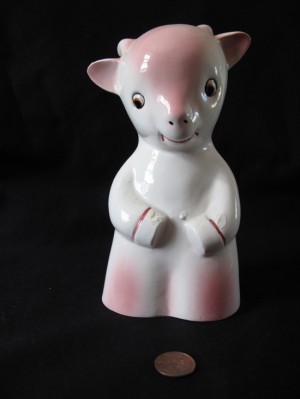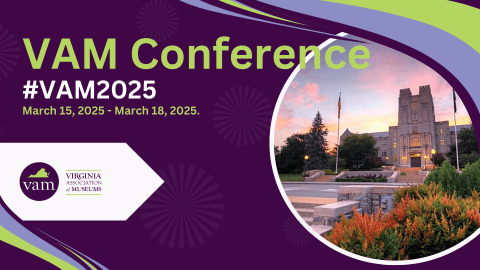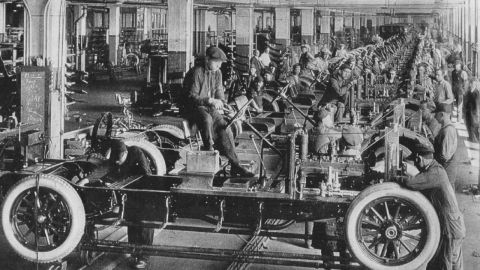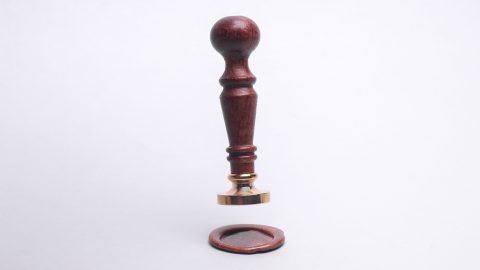
I just got my copy of the new book Significant Objects documenting a fascinating project exploring the relationship between objects, stories and value.
Synopsis: Joshua Glenn and Rob Walker collected inexpensive, tag-sale objects (e.g., a Santa nutcracker, a creamer cow), paired an established writer with each object and tasked them with creating a story about it, then auctioned each object + story on eBay. The project’s premise is that “Stories are such a powerful driver of emotional value that their effect on any given object’s subjective value can actually be measured objectively.” And what was that effect? The collective value of what at first seemed to be insignificant objects increased by 2,700 percent.
Some readers may already be poo-pooing this experiment because it is about commerce, about selling things on eBay, for heaven’s sake. Museums hate talking about monetary value. We act as if it is a necessary evil accompanying the artistic, historic, scientific or cultural value we attach to an object (even while we preen about our acquisitions budget, and surreptitiously peek to see how it measures up to our rivals’.) But money is, after all, just a proxy for how humans “value” objects and services for their utility, their beauty or because they fulfill some deeper need. What need was filled by the (valued) stories that the Significant Objects project attached to these tchotchkes?
Futures studies challenges us to question our assumptions about the nature of the world, assumptions which may blind us to possible futures. The Significant Objects project leads me to question one of my bedrock assumptions about museums: that our physical collections are irreplaceable because of the (true) stories we tell about them. The anxiety most often voiced by participants in CFM forecasting workshops is “will the virtual will supplant the real? Will future audiences care less about authenticity?” I’ve always assumed the answer is “no,” because one of the reasons humans are so attached to objects is that we attach our stories, memories, emotions to them. We treat objects as external hard-drives—psychological extensions of ourselves.
But what if fictional stories can be just as compelling as true ones? Orhan Pamuk just opened a museum in Istanbul that documents the life of the narrator of his novel The Museum of Innocence. It’s a real museum that recreates a fictional museum documenting a fictional life story. Part of the addictive appeal of the Museum of Jurassic Technology (MJT) is that some of the stories it tells through its exhibits and publications are true, some aren’t, and it’s left to the visitor to a) realize that and b) figure out which is which. (If you aren’t familiar with MJT and can’t get to Culver City, Calif. to visit, I recommend Mr. Wilson’s Cabinet of Wonder as an excellent introduction to the museum, its founder and its complex relationship with the truth.)
These museums are good examples, as Peter Linett puts it, of “break[ing] most of the unwritten rules of museum display, such as the one that says…museums offer direct, unmediated encounters with authentic works…, the “real thing.” [Italics added.]
Can museums flirt with fiction without losing their credibility? Can fictional back stories create the same kind of value & emotional response as the truth? Can playful (and transparent) use of fiction enhance the value of collections, and fire the imagination and interest of our audiences?
This is a particularly timely question because the theme of AAM’s annual meeting next year is “Storytelling.” “Story is the very foundation of the human experience,” reads the call for proposals. “Long before there was writing, there was oral tradition. Inventing and conveying stories may be what most distinguishes us from all other species—and the power to unite us across all cultures. Humans cast their identities in narrative forms.”
So let’s use the coming year as an opportunity how all kinds of stories—fiction and non-fiction—can help people relate to objects, and value the collections museums hold in trust for them.
This year, AAM is crowdsourcing input on annual meeting session proposals. To test reactions to your own proposals and comment on ideas presented by others, login to the proposal web site. I’ve posted four session ideas on behalf of CFM, and look forward to seeing what you have to say about them.









I really love this post. It touches on some of the questions that I have about museums, objects and ideas (and some ideas that I'm exploring in my own research).
I have for some time now wanted to run completely fictional art tours that invite great writers and speakers into an institution to give stories about individual objects or entire exhibitions, crafting compelling (and untrue) stories from the objects on the floor. I suspect the experience would be a compelling one. I also think many institutions would be open to such a game if it was very clearly announced that the story-telling was just that, 'mere' fictions. But what if the exercise was less clearly denoted as fictional story-telling? Would that be more troubling? What if it was really compelling and engaging, and audiences paid more attention to the fictions than the official museum stories? Would that matter?
@Shineslikerubies, check out Jonathan Salem Baskins' Amuseum Guides http://www.amuseumguides.com/–he is playing with the concept you describe. For example, see his "The Vampire Takeover of America" tour for the “American Modern Art, 1900-1950″ gallery at the Art Institute of Chicago.
I've just posted an audio tour for the MCA in Sydney, actually…entitled "WTF"" it's a wholly-invented dance through the museum.
I'm also exploring tours that are 'added content,' so my Archaic Technology tour at Chicago's Art Institute explores the sailing ships, telescopes, and quill pens featured in 18th century portraiture. I'm convinced that a "Sex Lives of the Impressionists" tour would be a hoot!
One of the outcomes of my tours is that users have reported that they got more-deeply engaged with the art than they would have 1) walking on their own, or 2) being lectured by the museum-sanctioned tour. So could 'mere fictions' be pathways to experiencing actual truths?
Anyway, I would love to know what you think.
Jonathan, these are great (especially the vampire takeover of America)! Do you have any feedback about how they have been received by the museums themselves (I notice they aren't formally endorsed by the museums). How do people find out about them? And have you ever considered running the tours live? I'd love to know more.